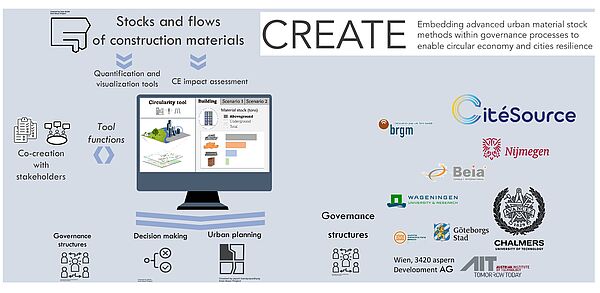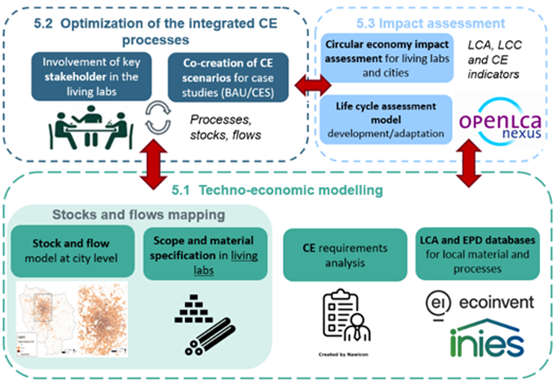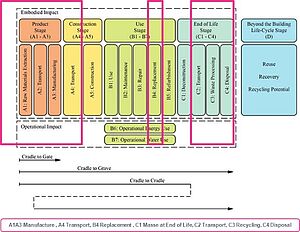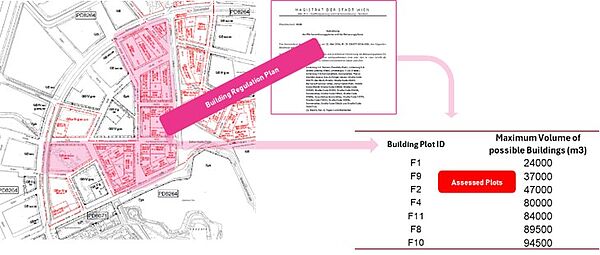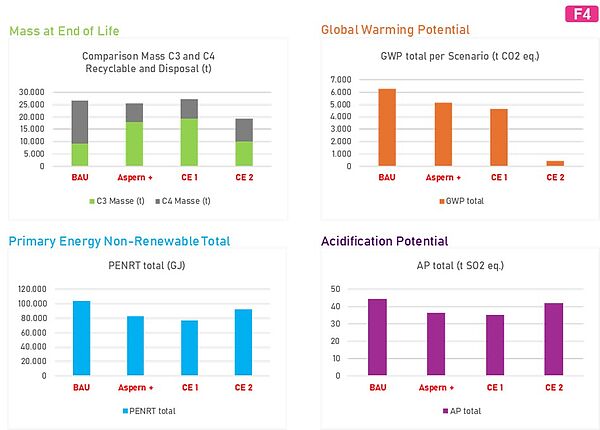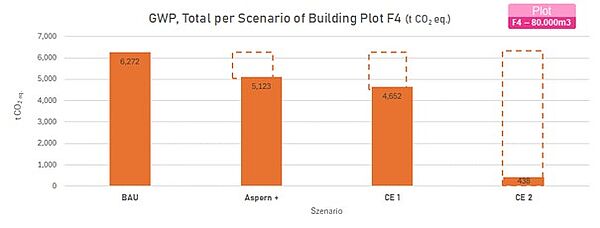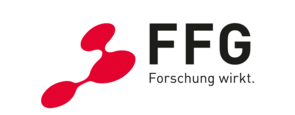Project CREATE
Embedding advanced urban material stock methods within governance processes to enable circular economy and cities resilience
The project aims at supporting urban transformation processes towards the circular economy by making an inventory of the existing material stocks within urban construction, developing reliable scenarios for future expected material flows, and providing governance arrangements on how to approach the circular economy transition. The project focuses on the largest urban infrastructures and communal assets, namely buildings, municipal roads, water, and wastewater pipes.
A thorough analysis of best practices of cities steering the circular economy transition together with new governance interventions will result in concrete proposals of tailored governance arrangements for the participating cities including a concrete proposal for an upscaling strategy for Europe.
Project goals
Advance urban stock and flow models towards utilization in the development of circular economy strategies
Provide Life Cycle Assessment (LCA) of circular economy (CE) strategies informed by stock and flow models and co-created scenarios
Explore new governance arrangements in co-creation processes with living labs and fellow cities
ROLE OF AIT
AIT is leading the effort of conducting LCA impact assessment of recycling and reuse of building materials for 3 Pilots in Vienna (AT), Rennes (FR) and Gothenburg (SE). The modelling approach developed within the project CREATE is a scenario-based assessment methodology combining a Material Flows Analysis (MFA) with a LCA model. The MFA component quantifies material flows for different construction and demolition scenarios, co-created with local stakeholders including urban developers, construction companies, and city representatives. With focus on recycling and reuse, the LCA analysis performed using OpenLCA compares the environmental impacts of different end-of-life (EOL) scenarios and different shares of secondary materials in the construction scenarios for the estimated flows obtained with the MFA. Obtained results are implemented within an advanced visualization framework that facilitates planning, strategy development and co-creation with local stakeholders.
Project results
For each use case of the 3 pilot cities two groups of scenarios are developed, encompassing circular economy scenario (CES) and business-as-usual (BAU) scenarios. The scenario development is guided by technical, economic, governance, regulatory, and social drivers. The BAU serves as a benchmark to compare CES in terms of energy use, raw material savings, and CO₂ emissions reduction. The assessment emphasizes on-site recycling and reuse of building materials and components in new construction and renovation projects. Additionally, the model accounts for the benefits of material reuse and recycling beyond system boundaries, including various applications of secondary materials. The technical scope covers the full life cycle: from raw material extraction, manufacturing A1-A3, transport A4), to replacement (B4), and end-of-life processes such as demolition, waste transport, treatment, recycling, and disposal (modules C1–C4).
A specific use case in Vienna’s Aspern Seestadt district illustrates how mass estimation and life cycle analysis for new buildings can be derived from the zoning and development plan.
![[Translate to English:] Smart and Carbon-Neutral Urban Development Symbolfoto: Das AIT ist Österreichs größte außeruniversitäre Forschungseinrichtung](/fileadmin/_processed_/a/d/csm_Thermalkataster_Hotspots_7969d57e54.jpg)


